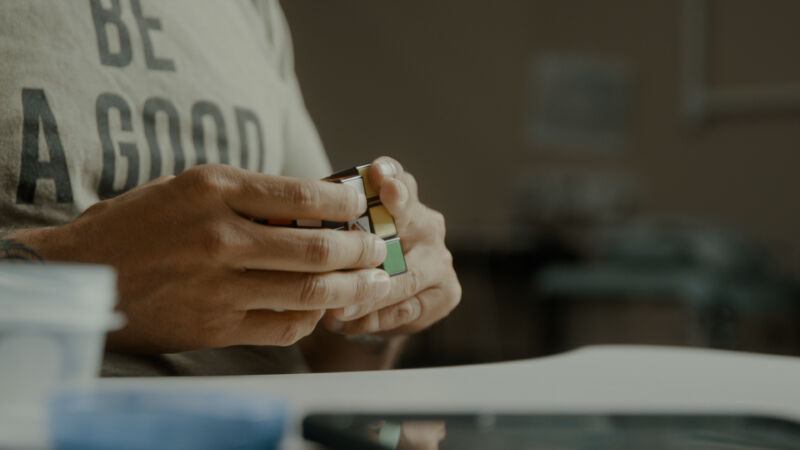
UP-LIFT Trial
With a zap of electrical energy from well-placed electrodes on the again of the neck, sufferers with tetraplegia can regain some modest but doubtlessly “life-changing” functioning of their palms and arms, in keeping with information from a small medical trial printed Monday in Nature Medication.
The comparatively easy stimulation methodology—which requires no surgical procedure—presents an accessible, extra inexpensive, non-invasive means for these dwelling with paralysis to regain some significant operate, the researchers behind the trial say. Nevertheless, the remedy’s additional potential stays restricted on condition that scientists have but to completely perceive precisely why it really works.
For the trial, 60 sufferers with tetraplegia underwent the stimulation remedy over no less than 24 periods throughout a two-month interval. On the finish, 72 p.c (43 sufferers) noticed clinically significant enhancements in each power and useful efficiency. Additional, 90 p.c (54 sufferers) noticed enchancment from no less than one power or useful consequence. There have been no severe antagonistic occasions reported.
“Essentially the most thrilling factor for us is that we’re seeing results that enhance high quality of life,” Chet Moritz, a co-author of the examine and co-director for the Heart for Neurotechnology on the College of Washington, stated in a press briefing. “And likewise, we imagine that the stimulation could also be inflicting neuroplasticity or, in a way, therapeutic a part of the harm to the spinal wire damage, such that the advantages persist past stimulation.”
Scientific video of a trial participant testing grip
The trial, which passed off at 14 medical websites throughout the US, Canada, and Europe, was a potential examine—not the gold-standard design of a randomized, double-blind placebo management trial. Moritz and his colleagues defined that there have been various causes for this. For one, they weren’t positive if they might use a sham electrical stimulation for a placebo group. Sufferers can really feel the actual electrical stimulation, described as an inside “buzz,” and efforts to re-create the sensation, however not the results of a sham remedy, have been unsure. Additionally, there have been moral considerations about having folks with tetraplegia repeatedly journey to medical websites and be subjected to doubtlessly uncomfortable therapies with no anticipated profit.
Nonetheless, the researchers behind the examine are assured that the features they noticed weren’t merely placebo results. For one factor, all of the trial members spent two months in customary rehabilitation remedy earlier than they underwent the stimulation remedy. And their progress in that first section of the trial was in comparison with their progress within the second half, wherein they obtained the remedy. The variations have been “very dramatic for lots of the measures,” Edelle Area-Fote, a co-author and Director of Spinal Twine Harm Analysis at Shepherd Heart in Georgia, stated within the briefing.